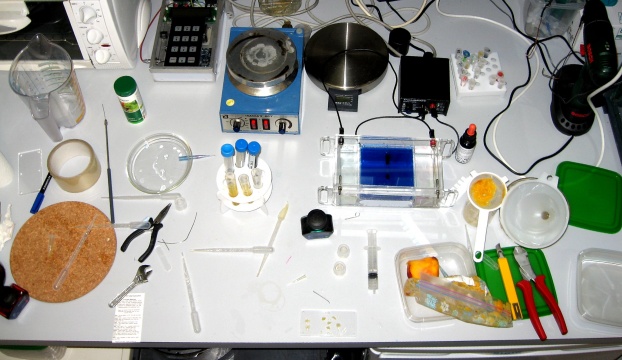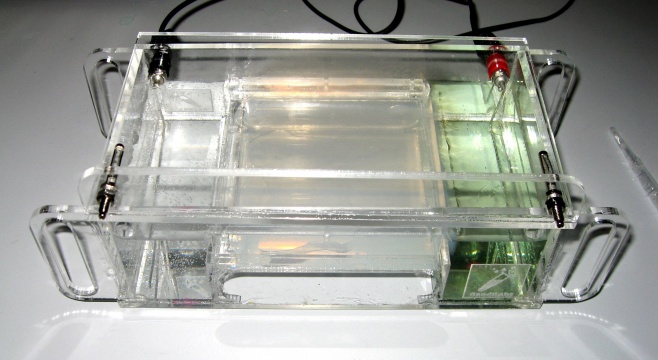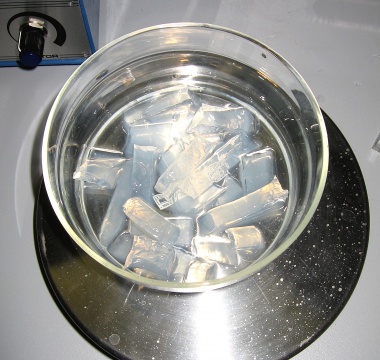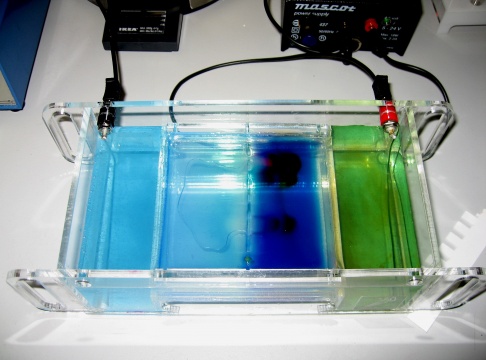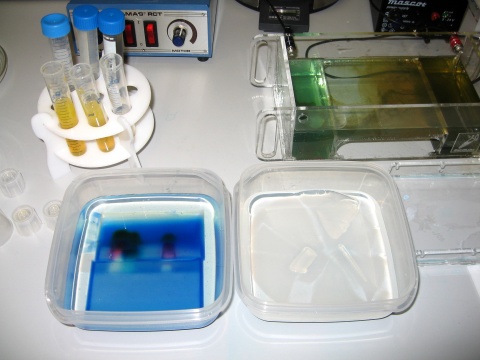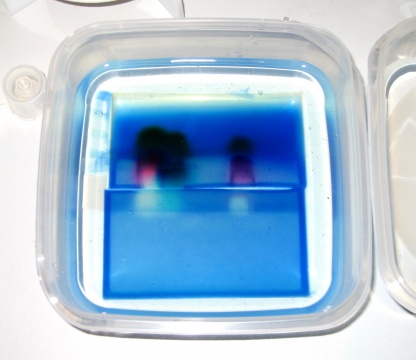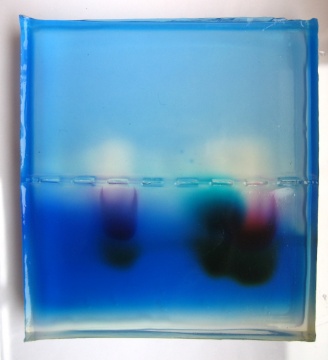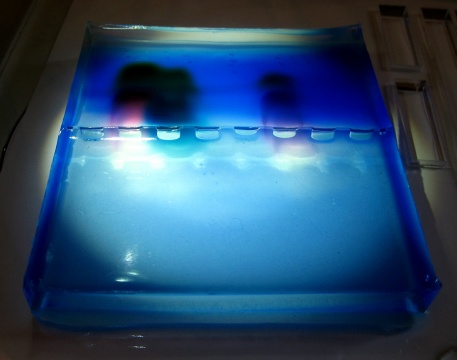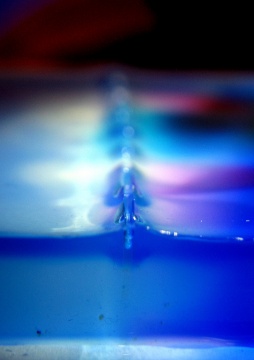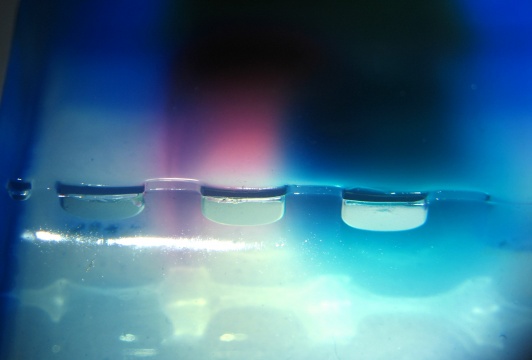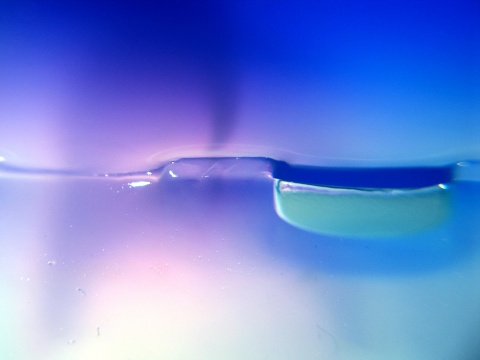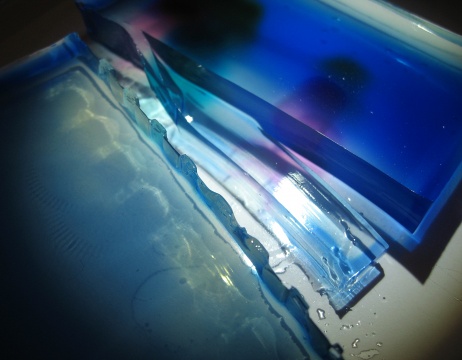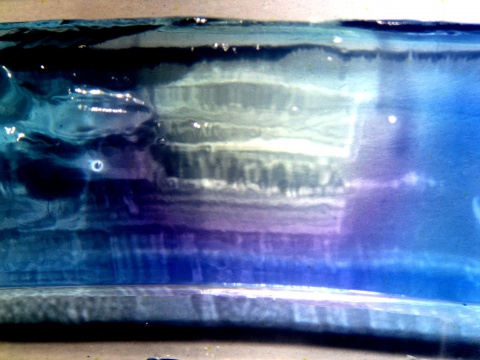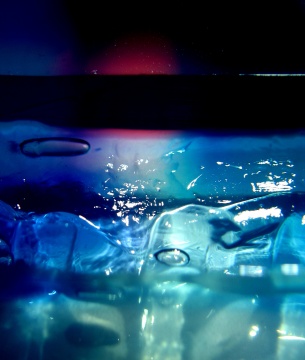Agar is the Media
Contents
Media Recipes
MEA Malt Extract Agar - with Antibiotics
| Ingredient | 1 L | 500 ml | 250 ml |
|---|---|---|---|
| Part 1 | |||
| Distilled water | 1000 ml | 500 ml | 250 ml |
| Malt extract | 20 g | 10 g | 5 g |
| Agar | 15 g | 7.5 g | 3.75 g |
| Part 2 | |||
| Benlate stock solution | 10 ml | 5 ml | 2.5 ml |
| Streptomycin sulphate | .1 g | .05 g | 25 mg |
| Neomycin sulphate | .1 g | .05 g | 25 mg |
| Chlortetacycline | .1 g | .05 g | 25 mg |
MEA Malt Extract Agar - Simple
| Ingredient | 1 L | 500 ml | 250 ml |
|---|---|---|---|
| Part 1 | |||
| Bottled water (Evian) | 1000 ml | 500 ml | 250 ml |
| Malt extract | 20 g | 10 g | 5 g |
| Agar | 20 g | 10 g | 5 g |
| Part 2 | |||
PDA Potato dextrose agar
The filtered, extracted broth from boiling 200 grams of sliced potatoes in 1 liter of distilled water for 30 minutes
| Ingredient | 1 L | 500 ml | 250 ml |
|---|---|---|---|
| Part 1 | |||
| Dextrose sugar | 20 g | 10 g | 5 g |
| Agar | 20 g | 10 g | 5 g |
| Part 2 | |||
Adjust pH to 5.6 ± 0.2 (e.g. by adding a few drops of HCL)
PDY Potato Dextrose Yeast Agar
the filtered, extracted broth from boiling 300 grams of sliced potatoes in 1 liter of water for 1 hour
| Ingredient | 1 L | 500 ml | 250 ml |
|---|---|---|---|
| Part 1 | |||
| dextrose sugar | 10 g | 5 g | 2.5 g |
| yeast | 20 g | 10 g | 5 g |
| Agar | 20 g | 10 g | 5 g |
| Part 2 | |||
General remarks
Should I use antibiotics? For controlling bacteria, 0.10 grams of 60-80% pure gentamycin sulphate can be added to each liter of media prior to sterilization.
What is Dextrose? Check online: http://de.wikipedia.org/wiki/Glucose it's so called "Traubenzucker", also known as Glucose, or D-(+)-Glucose or whatever you want to name it. Don't be afraid of chemical names for microbiology, it's usually just called "food" :-)
What about honey? Yeah, good idea! Honey contains a lot of sugars aka dextrose, aswell as some compounds with antibacterial effects. Just try it!
Sterile Technique and Agar Culture
Exerpts from "The Mushroom Cultivator, Stamets and Chilton, 1984"
Water quality (its pH and mineral content) varies from region to region. If living in an area of questionable water purity, the use of distilled water is advisable. For all practical purposes, however, tap water can be used without harm to the mushroom mycelium. A time may come when balancing pH is important—especially at spore germination or in the culture of exotic species. The pH of media can be altered by adding a drop at a time of 1 molar concentration of hydrochloric acid (HCL) or sodium hydroxide (NaOH). The medium is thoroughly mixed and then measured using a pH meter or pH papers. (One molar HCL has a pH of 0; one molar NaOH has a pH of 12; and distilled water has a pH of 7).
After thoroughly mixing these ingredients, sterilize the medium in a pressure cooker for 30 miutes at 15 psi (equals 103 KPa). (Pressure cookers are a safe and effective means of sterilizing media provided they are operated according to the manufacturer's instructions). A small mouthed vessel is recommended for holding the agar media. If not using a flask specifically manufactured for pouring media, any narrow necked glass bottle will suffice. Be sure to plug its opening with cotton and cover with aluminum foil before inserting into the pressure cooker. The media container should be filled only to 2/3 to 3/4 of its capacity.
Place the media filled container into the pressure cooker along with an adequate amount o water for generating steam. (Usually a 1/2 inch layer of water at the bottom will do). Seal the cooker according to the manufacturer's directions. Place the pressure cooker on a burner and heat until ample steam is being generated. Allow the steam to vent for 4-5 minutes before closing the stop cock. Slowly bring the pressure up to 15 psi and maintain for 1/2 hour. Do not let the temperature of the cooker exceed 250 °F. or else the sugar in the media will caramelize. Media with caramelized sugar inhibits mycelial growth and promotes genetic mutations. A sterilized pot holder or newly laundered cloth should be handy in the sterile lab to aid in removing the media flask from the pressure cooker. While the media is being sterilized, immaculately clean the laboratory.
http://www.amazon.com/The-Mushroom-Cultivator-Practical-Mushrooms/dp/0961079800
Exerpts from "Microbiology at Home" by Simon Park
See more on Simon Park's website Exploring the Invisible
The second edition of a classic text. Well perhaps not, but a new and improved version of “Microbiology at Home: A Short Non-Laboratory Manual for Enthusiasts and BioArtists”. Techniques for growing bacteria at home. Download manual here
"During sterilization the molten agar will tend to sink to the bottom of the containers so to ensure a uniform distribution before pouring, the media should be gently shaken after sterilization, while it cools."
Exerpts from "RECIPE #1 – YEASTOGRAMS" by pavillon_35
Boil 45ml distilled water in a centrifuge tube for 5 minutes, thus making it sterile, then cool it down to lukewarm. Prepare a sterile workbench. Clean the surface with a 70% alcohol solution (1) and place a camping gas cooker (2) in the middle. Beware of carbon monoxide and open fire, make sure that the room is sufficiently ventilated and that there is a fire extinguisher prepared. The gasflame creates a sterile zone within a radius of approximately 50cm. The best results came from the agar plates that were kept in the refrigerator over night. Careful working, patience and changing the lids of the petridishes (5) can minimize the accumulation of condensed water, which has an effect on the quality of the results.
http://pavillon35.polycinease.com/category/recipes/
Agar Fun
Links:
How to purify agar:
http://openwetware.org/wiki/DIYbio/FAQ/Equipment#How_do_you_purify_agar.3F
Methylene Blue DNA staining protocol:
http://www.bio.net/bionet/mm/methods/1993-December/010023.html
Agar-Musical-Game:
http://openmaterials.org/2012/03/26/noisy-jelly-a-jello-based-musical-game/
